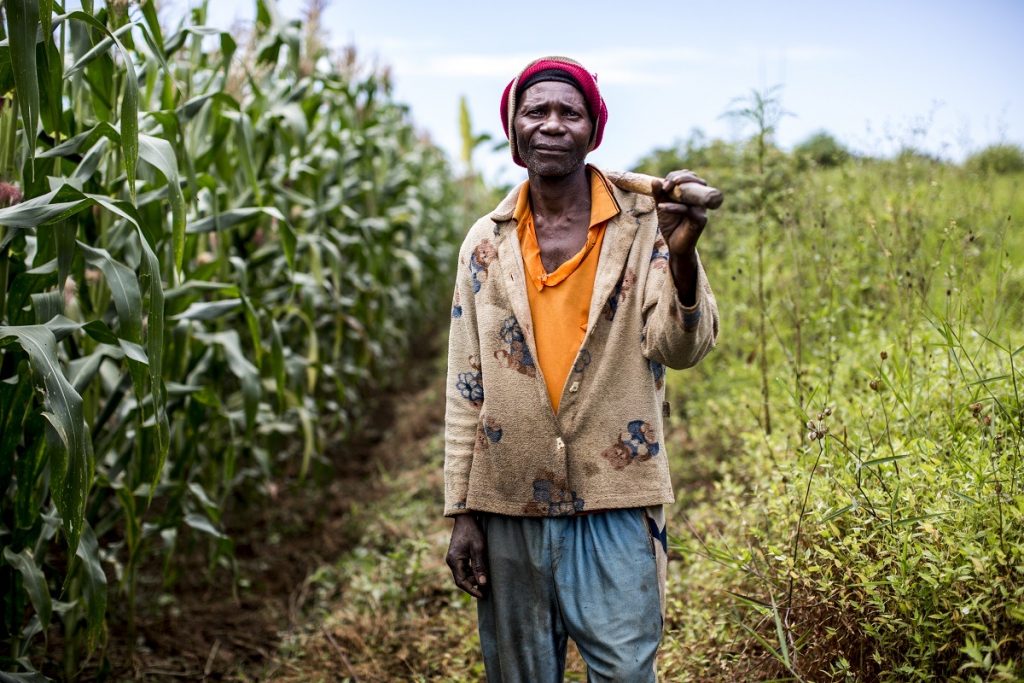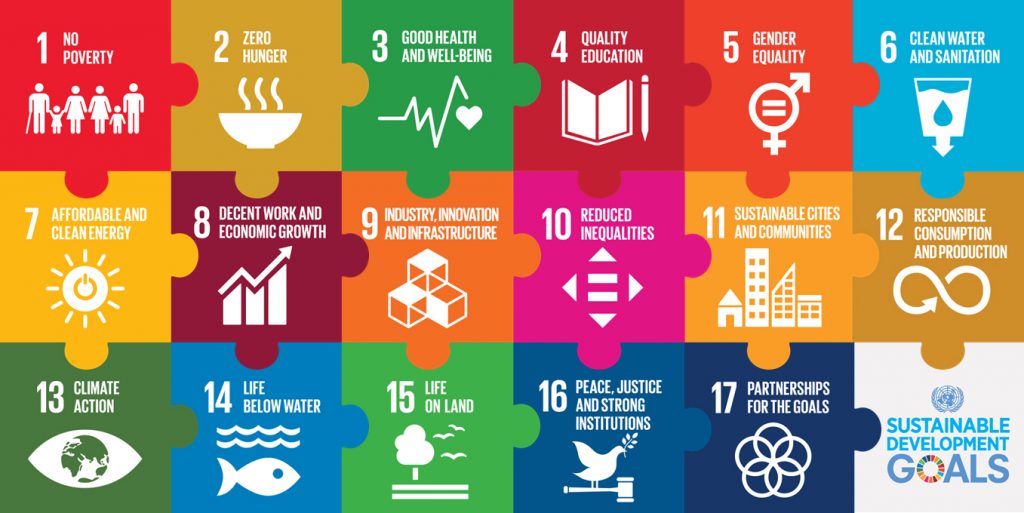The evolution of risk from financial to non-financial has seen a reshuffling in the prioritization resource allocation map of sovereigns. Disease pandemic in 2020 surpassed climate change effects throwing fiscal budgets into limbo as production possibilities cripple. In as nations seek debt relief as obligations balloon, home grown solutions can never be overlooked to cushion effects of supply disruptions especially in the food industry. Africa’s second largest copper producer Zambia is one nation that has not been spared of the disease pandemic effects. Amidst a partial lock down for 28 days, Head of State Mr. Edgar Lungu on 25 April, in his third address to the nation, directed his Commerce and Trade Ministry to ensure local farmers are given priority to supply agriculture products to super markets and chain stores. This is one leap towards agro led structural diversification. A further directive to the Agriculture Ministry was given to boost winter maize growing in the spirit of more granular diversification in the sector to allow for a widened scope for other crops with deliberate intent to, not only hedge against food security but allow the country to position itself for regional export in these uncertain times. If Zambia gets this intervention right and scales production then the sector could be a potential contributor to gross domestic product. Zambia’s 2019/2020 rainfall season already echoes a bumper harvest net of the risks such as pests and floods experienced in the year. The winter maize project surpluses will be an additional stream of foreign exchange reserves.

What is Agro led structural diversification? It is defined as increasing agriculture production with the intent of not only addressing food security but widening value addition opportunities such as agro processing and creating synergies with other sectors such as mining that will leverage off agri-inputs. Maize can be used as a component in the copper floatation process.
World Bank Agro led structural diversification. In 2015 the World Bank published a paper dubbed Agro led Structural Diversification outlining the need for Zambia to actualize its potential as a regional bread basket in addition to use agriculture as the easiest conduit towards boosting agro processing in stepping up manufacturing which the copper producer has struggled with since independence. Agriculture requires deliberate action stemming from the right policies and efforts from those involved. It is very vivid that markets are vast ranging from local chain stores, which the Commerce Ministry has been tasked to address, to regional markets such as Kenya and the Democratic Republic of Congo. This will allow for farmers earn a living as they supply products to meet this demand. DRC has a 1million metric tons of maize demand which Zambia signed to absorb 600,000 metric tons earlier last year.

Honey is penetrating local and international markets. One of Zambia’s top tertiary institutions the Mulungushi University is supplying 4-tons of honey to all Shoprite stores in Zambia which is a demonstration of sustainability models of local entities which should be emulated. Mulungushi is assisting over 1000 small scale farmers in North Western Province under the Southern Africa Science Service Centre for Climate Change Adoptive Land (SASSCAL) program funded by the German government. Earlier last year Zambian honey made it to Chinese and British shelves while some of Zambia’s product are available on South African chain store shelves. The model is perfectly right but the commerce authorities need to help the private sector build scale to match competitiveness and global demand.

Sustainable Development Goals under threat. Zambia’s Head of State directed his Agriculture and National Development Planning Ministries to devise new climate change action plans to secure food production in Zambia. It is evident that COVID19 does impact attainability of Sustainable Development Goals through reduced funding to SDG initiatives as fiscal budgets focus on fighting disease pandemic effects. National Production Possibility Frontiers (PPFs) have be altered with response allocation towards public health causes which simultaneously entail lower resource allocation towards the drivers of the economy which will lead to lower productivity. Africa is 10 years away from meeting SDGs which include sustainability in energy generation from renewable diversified sources such as solar, alleviation of hunger through a widened crop base and agriculture initiatives such as winter maize, the electric car era that will allow for reduced dependency on fossil fuels that cause a spiral effect in the climate change fight and embracing of technology in education to mention but a few. Increasing agriculture produce and creating markets locally that absorb chain store demand will help alleviate poverty by providing a sustainable livelihood for local farmers.
Editors Opinion. Pronouncements are only as good as those tasked to actualize them run with the directive. In the COVID era, this provides a silver lining for the local market. It’s creates an instant market and demand that also poses a challenge for the farmers and local producers to meet standards that will allow for competitiveness in the market. Zambia’s vast agriculture opportunities should not be restricted to maize but should extend to fish farming, poultry, cassava, dairy, cashew nuts, fruits and vegetables. the Southern African region has grappled with an acute grain deficit due to drought effects for 3 years of which Zambia has been fortunate to perpetually run surpluses. One aspect that has tended to be overlooked is that agriculture is Zambia’s easiest way to boost manufacturing capability that has immense potential to address most of the strategic reserves and revenue generation challenges that seem to impede growth in the economy. The K10billion life-line that the central bank throws to commercial banks, if utilized efficiently will see the emergence of strong manufacturers in the coronavirus era for those ready to tap into the curve. The commerce teams should take this seriously and reflect on the massive importation gaps between Zambia and its trading partners such as South Africa. Access to finance however remains a challenge for the Small to Medium Sized Enterprises (SMEs) to the extent that scalability will need funding. It is at this point that outgrows schemes, clustering and co-operatives will be more relevant than ever to allow groups access the liquidity pools for capital. The pricing is right yet access may still be a challenge.
Zambia imports 10 times as much as its trading South Africa does whose differential provides the commerce and trade units a lot to strategize on how to bridge this gap. In 2019 Zambia’s import bill for South Africa products according to the Zambia Statistics Agency (ZSA) was ZAR30billion while it exported a tenth of that in reverse.
The Kwacha Arbitrageur

